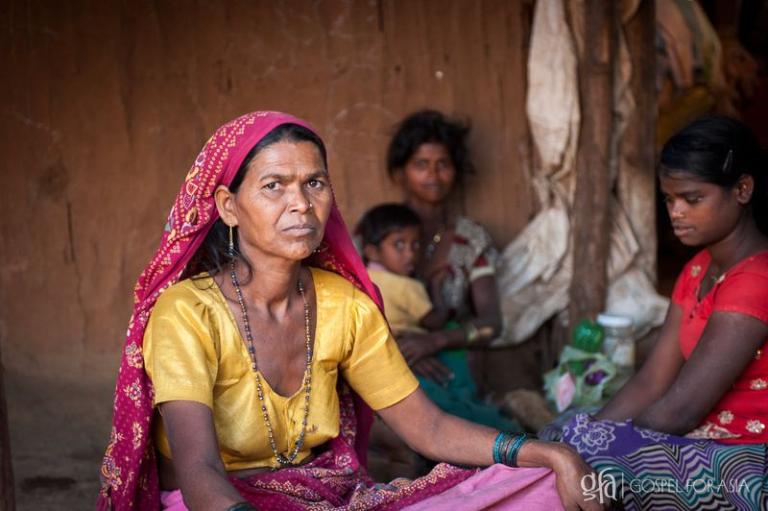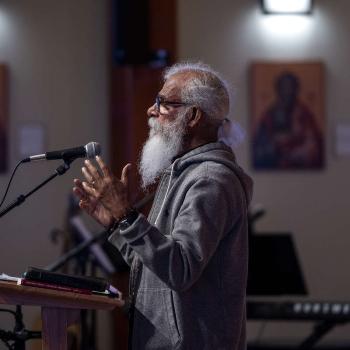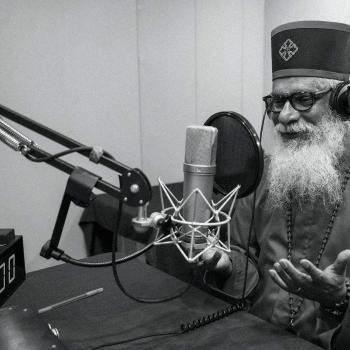The United Nations Declaration on the Elimination of Violence Against Women ratified in December 1993 defines violence against women as “any act of gender-based violence that results in, or is likely to result in, physical, sexual, or mental harm or suffering to women, including threats of such acts, coercion or arbitrary deprivation of liberty, whether occurring in public or in private life.”
The Scourge of Violence Against Women
On February 23, 2018, Gospel for Asia published a Special Report entitled, “Ending Violence Against Women.” The report cited data from the World Health Organization (WHO) that indicated that “the prevalence of violence against women in (South Asia) is at 37.7 percent, compared to 23.3 percent in high-income countries and 24.6% in the Western Pacific region.”
Other information from WHO includes findings that,
- “Women are more likely to experience intimate partner violence if they have low education, exposure to mothers being abused by a partner, abuse during childhood, and attitudes accepting violence, male privilege, and women’s subordinate status.”
- “Men are more likely to perpetrate violence if they have low education, a history of child maltreatment, exposure to domestic violence against their mothers, harmful use of alcohol, unequal gender norms including attitudes accepting of violence, and a sense of entitlement over women.”
The UN declaration is 25 years old, and numerous countries have implemented or have attempted to implement national legislation that complies with the UN declaration, yet violence against women continues, largely unabated if not increased.
The Scope of Violence Against Women
A January 2016 article in The Guardian noted that a rise in violent crime in England and Wales was driven by a hidden growth in violence against women. Nine months later, The Guardian published another article indicating that crimes of violence against women have increased by 10 percent between 2015 and 2016, reaching a record high.
Consider that these reports come from high-income countries where the prevalence of violence against women is at 23.3 percent (see paragraph 2). We have been unable to find any indication that the trend is any different in other parts of the world. In fact, a paper released by the Department of History, Global Studies at Carnegie Mellon University in 2015, reported a 59 percent increase in violence against women in one South Asian country in the 10 years between 2001 and 2011.
In Afghanistan, an estimated 87 percent of women have experienced physical or sexual abuse.
Many people in the Western World are unable to comprehend the scope of violence against women because it goes beyond the parameters of our understanding to include female infanticide, sex-selective abortion, human trafficking, rape, honor killings, mutilation, dowry violence, debt bondage, and a cultural perpetuation of caste systems even where they have been outlawed for years, that are not common to our cultures.
The Stumbling Block to Preventing Violence Against Women
The Gospel for Asia Special Report asks, “Why are women targets of such abused and discrimination?”
The answer to the “why” is the beginning of the thread that leads to the “how” of bringing this violence to an end.
Here are some of the lenses the world uses when looking at violence against women:
- The European Union defines “gender” as “social roles, behaviors, activities, and characteristics that a particular society considers appropriate for women and men.”
- Gender-neutral political, social and legal frameworks
- Reduce violence against women “as a strategy for peace, security, and economic social development.”
The GFA Special Report suggests the issue runs deeper than a woman’s social role. Rather, it is seeing that women are made in the image of God, “knit from the same cloth” as it were, as men. The status of women is not a social issue. It is a moral issue essential to understanding the value that God places on women as His special companion created for an exclusive, loving and mutually fulfilling relationship with a man – not as chattel that renders them a man’s personal property to do with as he wishes.
The Solution for Preventing Violence Against Women
Moral issues must be addressed based on absolute truth. The solution for preventing violence against women is grounded in the acceptance of the absolute truth that, as the GFA Special Report mentions, that women, as well as men, are made in the image of God. Then, and only then, will women receive their due respect.
That awareness and respect are not obtained by social, economic or political agendas. Social and political declarations and even massive global movements do not go to the root of the matter. Only when men embrace a biblical worldview, in which they accept the lofty creation of women in God’s image, will they, one by one, treat women with the respect they deserve.
One-by-one is a slow approach compared to making a declaration or establishing a law. The issue, however, as difficult as it is to swallow, is not speed; it is effectiveness. The way to change the way a man views a woman (whether she’s his mother, his sister, his wife, his child, or any other) is to change his perspective.
Our hope is to help the men of all nations where we have a presence to understand the love of God that is extended to all men and to all women. As we work to share this truth, the regard that men have for women will improve and violence against women will diminish. As this happens, the communities in which these men and women live will begin to realize the God-ordained fruit of accepting His creation without adversely changing their culture. As violence decreases from community to community, nations and states will reap the increasing social benefits, peace and justice they long to see.
Sources:
- Algemeiner, Protecting Afghan and Muslim Women Is a National Security Issue
- Carnegie Mellon University, Violence Against Women in India: Origins, Perpetuation and Reform
- Gospel for Asia Special Report, Ending Violence Against Women
- Reuters, Slovakia rejects treaty combating violence against women
- The Daily Star, Closing the Gap
- The Guardian, Hidden rise in violent crime driven by growth in violence against women
- The Guardian, Violent crimes against women in England and Wales reach record high
- The World Health Organization, Violence against women
- The United Nations, 48/104. Declaration on the Elimination of Violence Against Women
- Wikipedia, Declaration on the Elimination of Violence Against Women
- UN Women, Facts and figures: Ending violence against women
=====
Click here, to read more blogs on Patheos from Gospel for Asia.
Go here to know more about Gospel for Asia: GFA.net | Wiki | Flickr
For more information about this, click here.




















